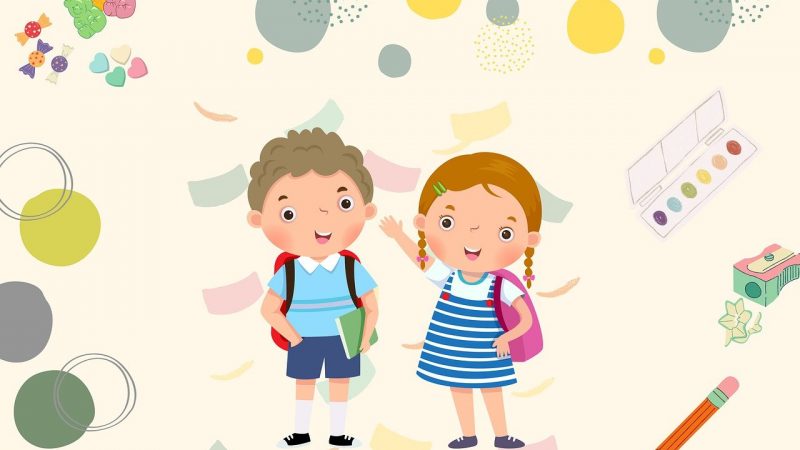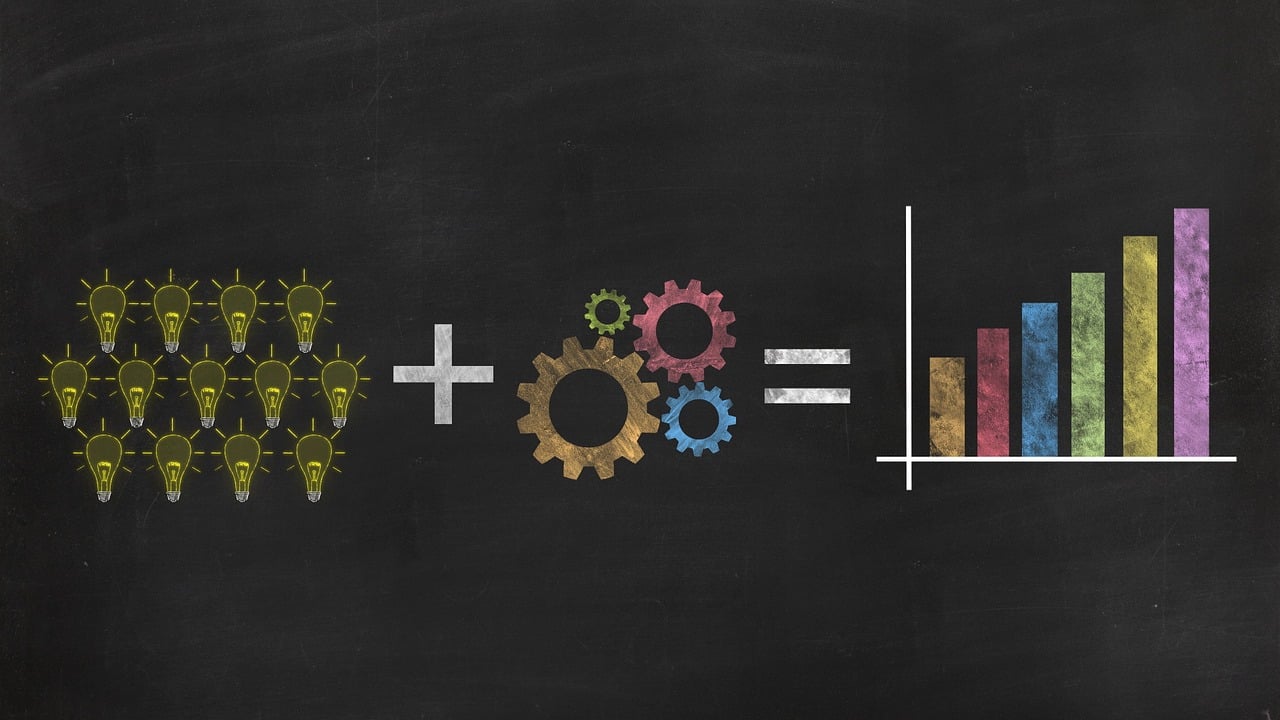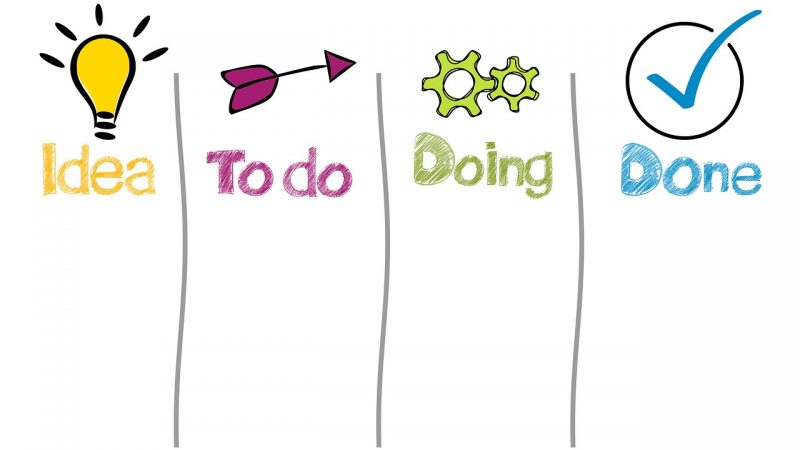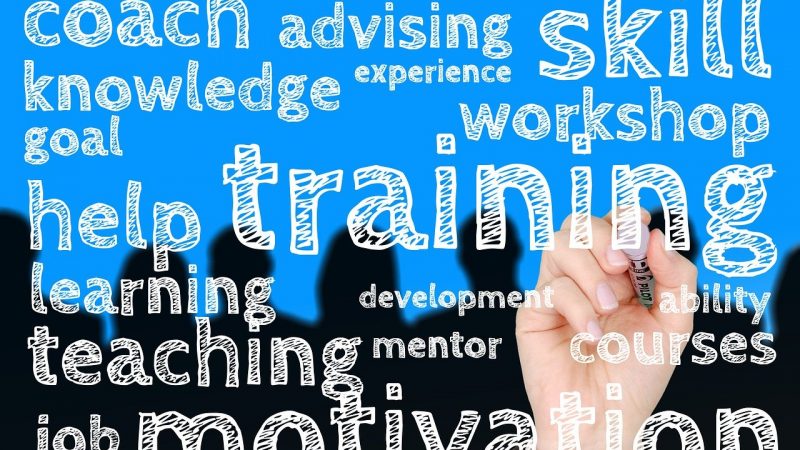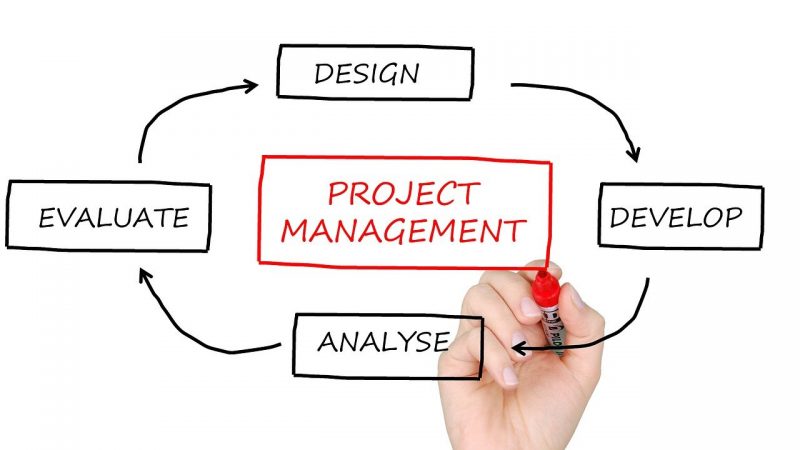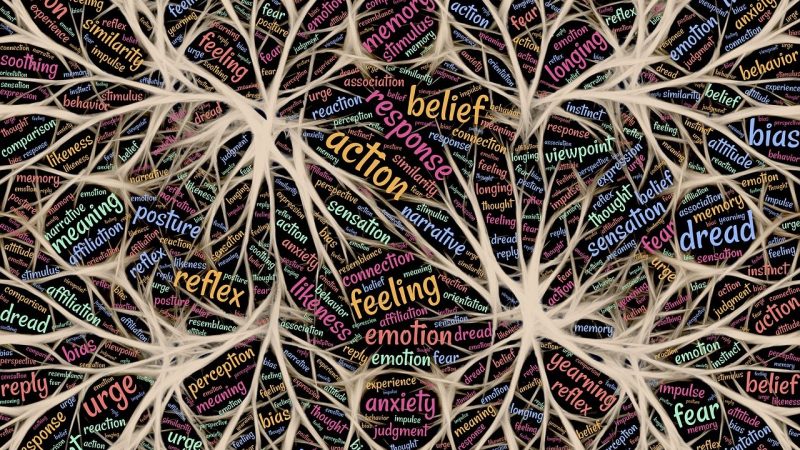Here is a 4997 word article on taking collaboration seriously in education:
Taking Collaboration Seriously
Collaboration is a core competency in the 21st century workplace. Schools have a responsibility to develop students’ teamwork and group problem solving abilities. Here are frameworks and strategies for taking collaboration seriously and embedding it holistically across learning environments.
Defining High-Quality Collaboration
Effective collaboration moves beyond basic cooperation. Key indicators include:
– Shared purpose – Working towards common goals requiring combined effort.
– Complementary roles – Members adopt specific roles matching talents and skills.
– Leadership distribution – Leadership rotates situationally based on member strengths.
– Ideation techniques – Brainstorming and synthesizing diverse viewpoints.
– Negotiation dynamics – Navigating disagreements constructively to reach consensus.
– Interdependent success – Accomplishment depends on interpersonal coordination.
– Individual accountability – All members are responsible for contributing equitably.
– Group processing – Reflecting on team dynamics and strategies.
Why Collaboration Matters
Mastering collaboration is invaluable because:
– Most careers require partnering on complex tasks.
– Diverse teams solve problems more innovatively.
– Virtual collective action is essential to tackling global issues.
– It develops communication, critical thinking, patience and social skills.
– Working cooperatively builds confidence handling differences.
– It is intrinsically motivating, fulfilling, and enjoyable for students.
Key Competencies to Teach
– Leadership – Guiding teams effectively through influence not authority.
– Role assignment – Optimizing talent allocation and workload distribution.
– Conflict resolution – Addressing differences productively to reach consensus.
– Accountability – Ensuring equitable contributions and progress tracking.
– Decision making – Weighing options inclusively to select wise solutions.
– Resource coordination – Organizing logistics, tools, schedules collaboratively.
– Reflection – Evaluating team functionality for continuous improvement.
Structuring Cooperative Learning
Develop skills incrementally through:
– Pair work – Simple back and forth sharing builds listening and explaining.
– Small groups – Distributing complementary roles like note taker, fact checker.
– Whole class – Construct collective mind maps, or complete sequential steps collectively.
– Cross grade – Younger and older peer mentoring.
– Cross subject – Interdisciplinary project teams.
– Community stakeholders – Partnerships with local organizations and experts.
Scaffold Complexity
Increase sophistication over time through:
– Defined leader vs shared leadership
– Assigned vs student created team roles
– Simple vs complex team dynamics
– Narrow vs widely divergent viewpoints
– Low vs high stakes decisions
– Teacher guided vs fully independent process
Ongoing Assessments
– Gauge interpersonal and project management capabilities.
– Utilize rubrics on listening, leadership, conflict resolution.
– Evaluate collective and individual contributions and growth.
– Survey student takeaways from collaborative experiences.
– Observe group dynamics in real-time using checklists.
Celebrate Successes
– Recognize the synergistic accomplishments groups achieve.
– Highlight growth in teamwork capabilities.
– Emphasize application value through public presentations.
– Share collaborative journeys rather than just end products.
Making collaboration an integrated priority develops crucial abilities to cooperate, compromise and harness collective potential. Structured practice environments allow students to gain confidence and skill navigating team dynamics, diversity and complex challenges cooperatively. These fundamentals equip learners for collaborative success in future pursuits.





